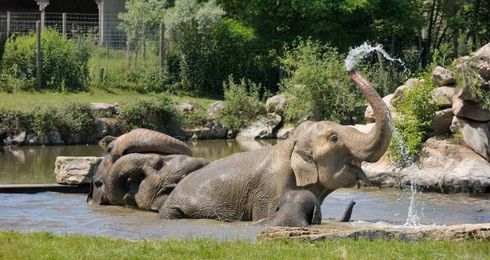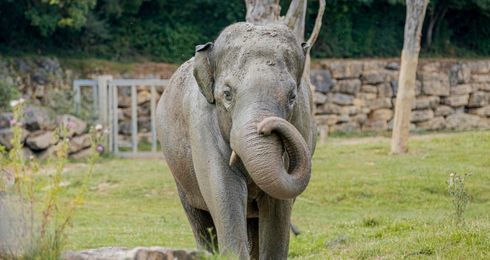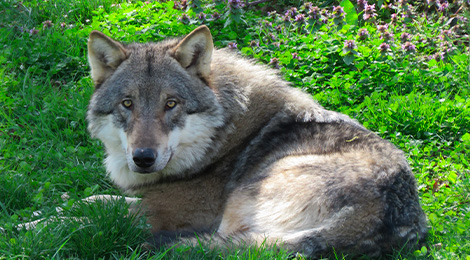Captive populations and the caretaker-elephant link
Focus on captive populations
Questions have long been raised around captive populations of wild species. For elephants, the social environment is essential both in the natural environment and in captivity, because it allows them to extract information and knowledge about their environment, routines, etc. Thus better understanding and forecasting the needs of the species and their behavior would make it possible to implement appropriate and effective management methods while taking into account all the players concerned, namely humans and elephants. Collaboration between fields such as academia, research and zoos aims to successfully manage reintroductions by understanding how animals learn from each other.
Essential link between healer-elephant
The elephant and the healer develop a relationship of trust which is crucial for having good living conditions. PhD student Annaëlle Surreault-Châble therefore wants to understand how this relationship can influence the learning of new behaviors in order to then create conflict mitigation strategies and manage captive populations and medical training.
Births, new arrivals, new arrivals, tips, tricks, theme days ... Stay informed throughout the year of the latest news from the park. Your favorite park will no longer have any secrets for you!
All the News





